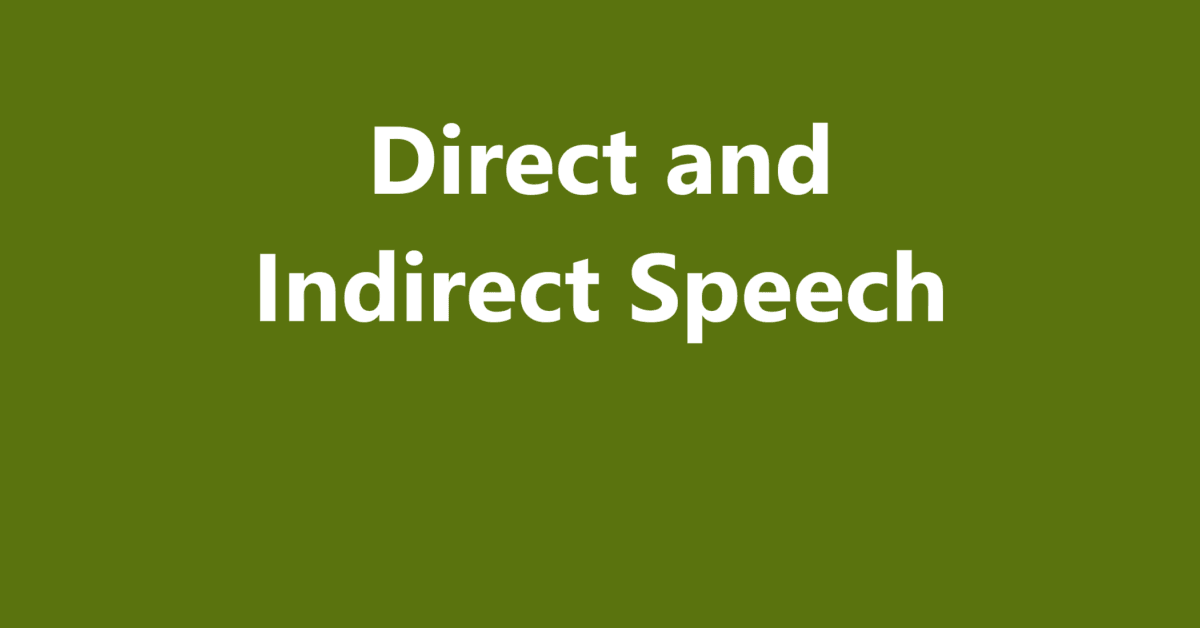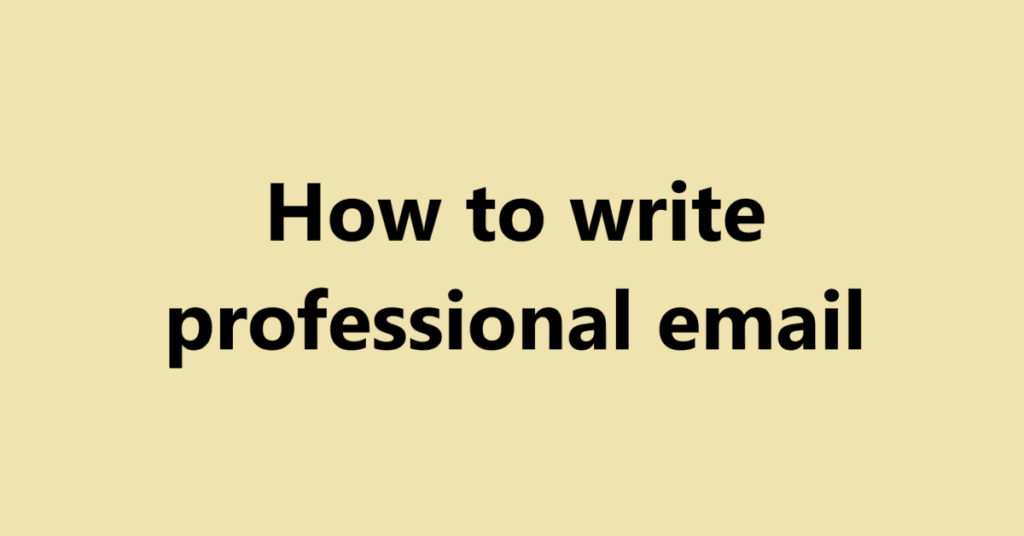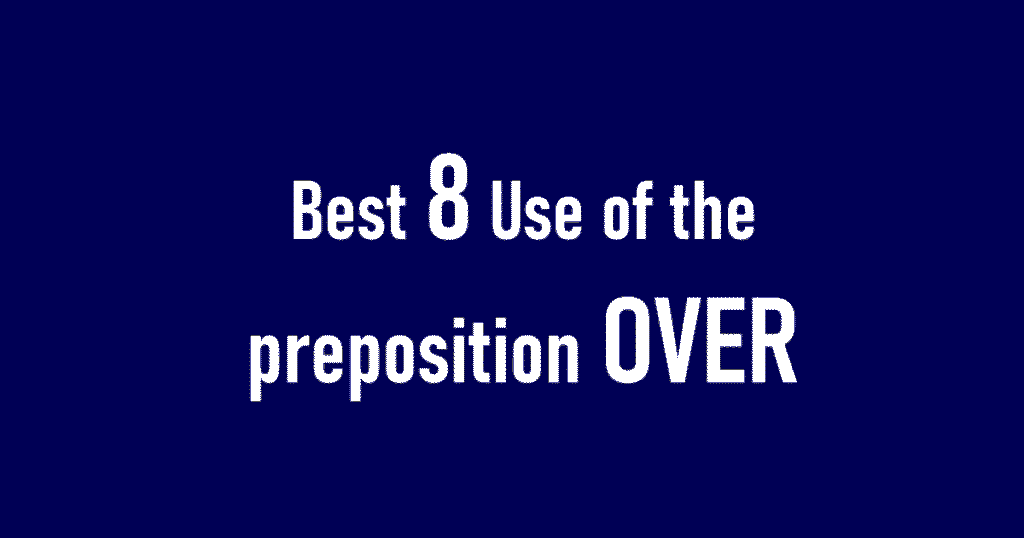Let’s break down the concepts of direct and indirect speech, highlighting their definitions, differences, rules, and examples.
What is Direct and Indirect Speech?
Direct Speech is when we report the exact words spoken by someone, often encapsulating the statement in quotation marks. For example, if person A says, “I am going to the market,” this is direct speech.
Indirect Speech (or reported speech), on the other hand, rephrases what someone has said without quoting their exact words. In this case, you might say, “Person A said that they were going to the market.” Here, the essence of the original sentence is conveyed without using the person’s exact words.
Difference Between Direct and Indirect Speech
Table
| Aspect | Direct Speech | Indirect Speech |
|---|---|---|
| Quotation | Uses quotation marks to indicate spoken words. | Does not use quotation marks. |
| Tense | Retains the tense of the original statement. | Usually shifts the tense back (e.g., present to past). |
| Pronouns | Pronouns remain the same as spoken. | Pronouns may change depending on the context. |
| Punctuation | Specific punctuation is used to separate speech from the reporting clause. | Punctuation rules follow regular sentence structure. |
| Structure | Maintains the structure of the original speech. | May alter the structure to fit the reported form. |
Direct and Indirect Speech Rules
Rules for Direct Speech:
- Quotation Marks: Always use quotation marks around the exact spoken words.
- Punctuation: Place a comma before the opening quotation mark if the reporting verb precedes the quoted speech.
- Capitalization: The first letter of the quoted speech is always capitalized.
Rules for Indirect Speech:
- No Quotation Marks: Do not use quotation marks.
- Tense Changes: Generally, the tense of the verb shifts back one step (e.g., present simple to past simple).
- Example: “She says, ‘I am happy'” becomes “She said that she was happy.”
- Pronoun Changes: Pronouns and possessive forms might need to change.
- Example: “I” may change to “he” or “she” as appropriate.
- Time Expressions: Words indicating time may change (e.g., “now” to “then,” “today” to “that day”).
Direct and Indirect Speech Examples
Example 1: Simple Statement (Assertive Sentence)
- Direct Speech: Lisa said, “I love ice cream.”
- Indirect Speech: Lisa said that she loved ice cream.
Example 2: Question (Interrogative Sentence)
- Direct Speech: Jack asked, “Are you coming to the party?”
- Indirect Speech: Jack asked if I was coming to the party.
Example 3: Imperative
- Direct Speech: The teacher said, “Close the door.”
- Indirect Speech: The teacher told us to close the door.
Example 4: Future Tense
- Direct Speech: He said, “I will finish the report tomorrow.”
- Indirect Speech: He said that he would finish the report the next day.
Conclusion
Understanding direct and indirect speech is fundamental to effective communication. Mastery of these distinctions allows speakers and writers to convey information accurately and contextually.


